External Awards for Research Training
Trainees planning applications to NIH or other funding agencies are encouraged to directly contact current and past awardees to request advice and/or copies of the funded applications.
-
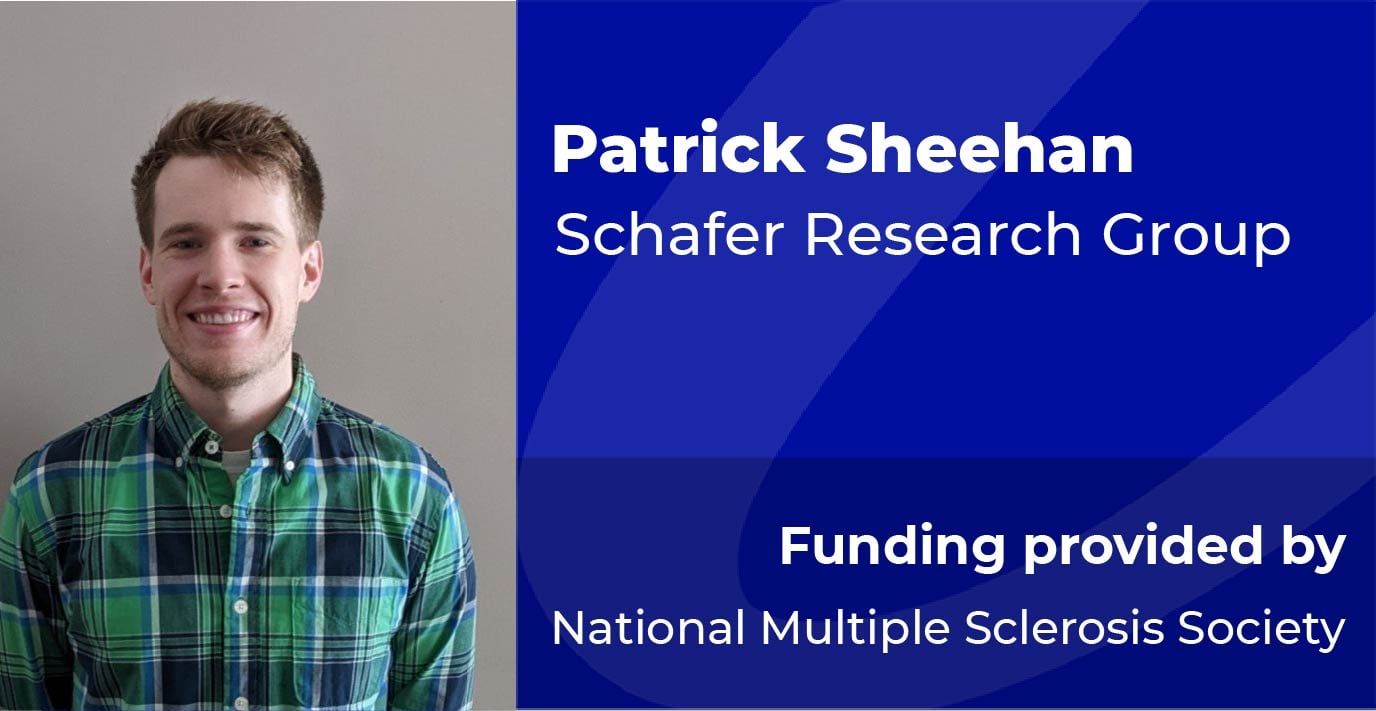 Read more
Read more -

Elucidating the role of lipid nuclear receptors on B cell immunity
Read more -

Mapping the BRCA2 replication gap suppression domain to uncover the molecular mechanism of chemotherapy response
Read more -

A comparative analysis of OPC and microglia phagocytosis and its relevance to neurodegenerative disease
Read more -

Role of PrRP+ projections to BNST in ethanol withdrawal and negative affective behavior
Read more -
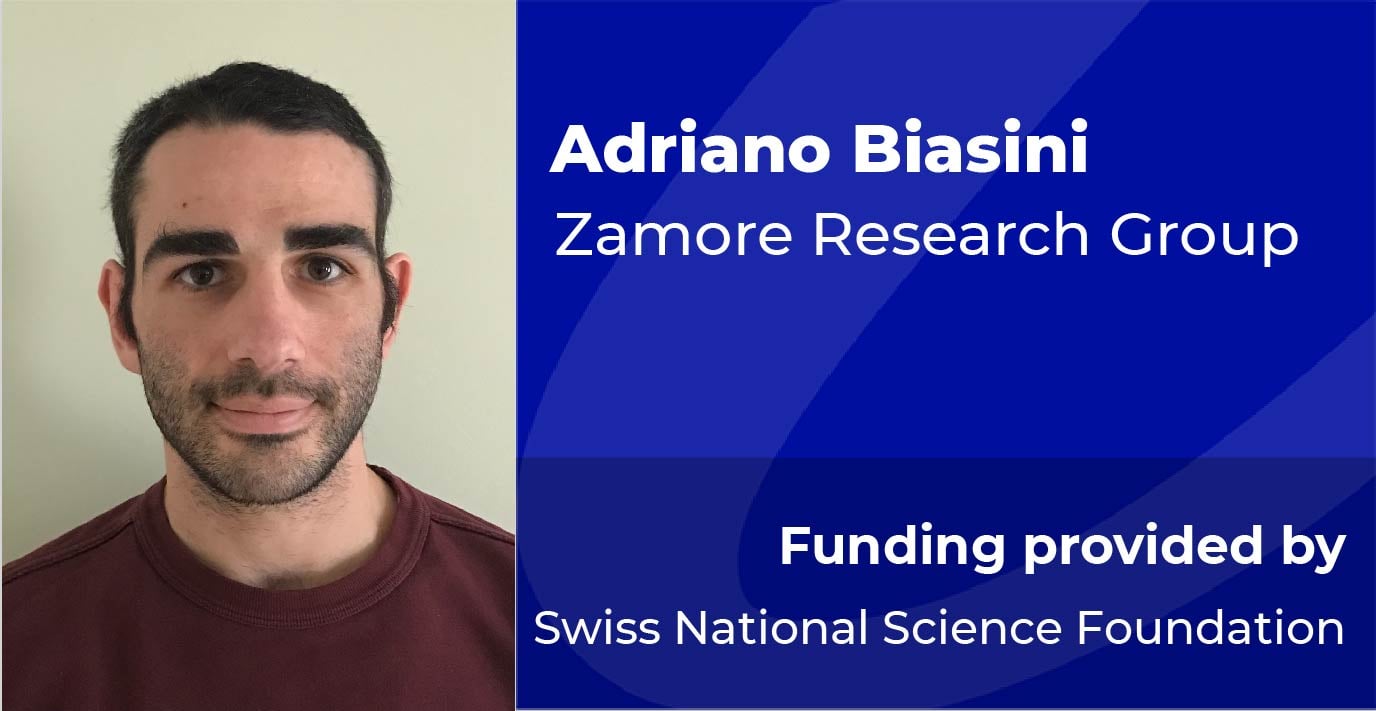
A comprehensive road map of small RNA expression during mouse germ cell and zygote development
Read more -
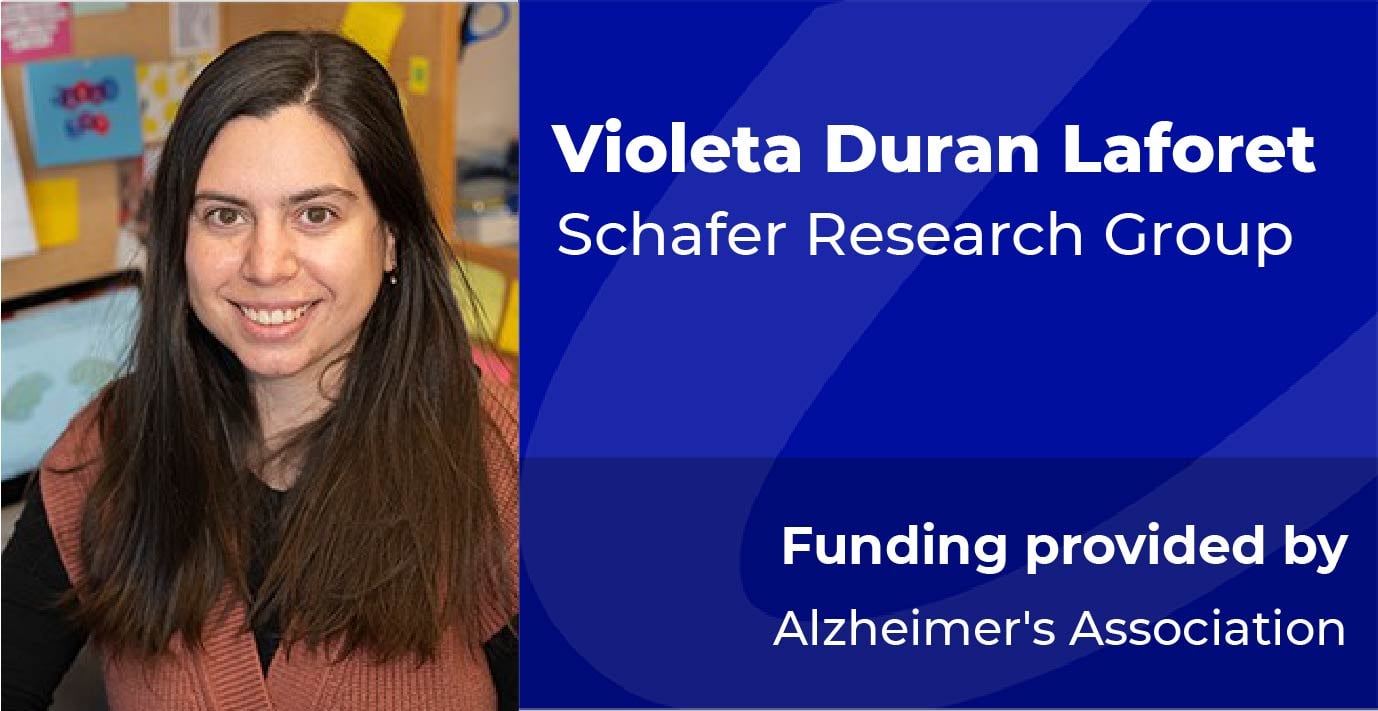
A spatial transcriptomic approach to interrogate vascular-associated microglia in AD
Read more -

Developing a programmable siRNA-based therapeutic platform for gene silencing in the skin
Read more -

Harnessing spatial transcriptomics to investigate the intersection of senescence and inflammation in neurodegeneration
Read more
-

Concurrent trajectories of physical frailty and cognitive impairment among nursing home residents and community-dwelling older adults
Read more -

Involvement of habenulo-interpeduncular circuitry in nicotine reward and aversion
Read more -
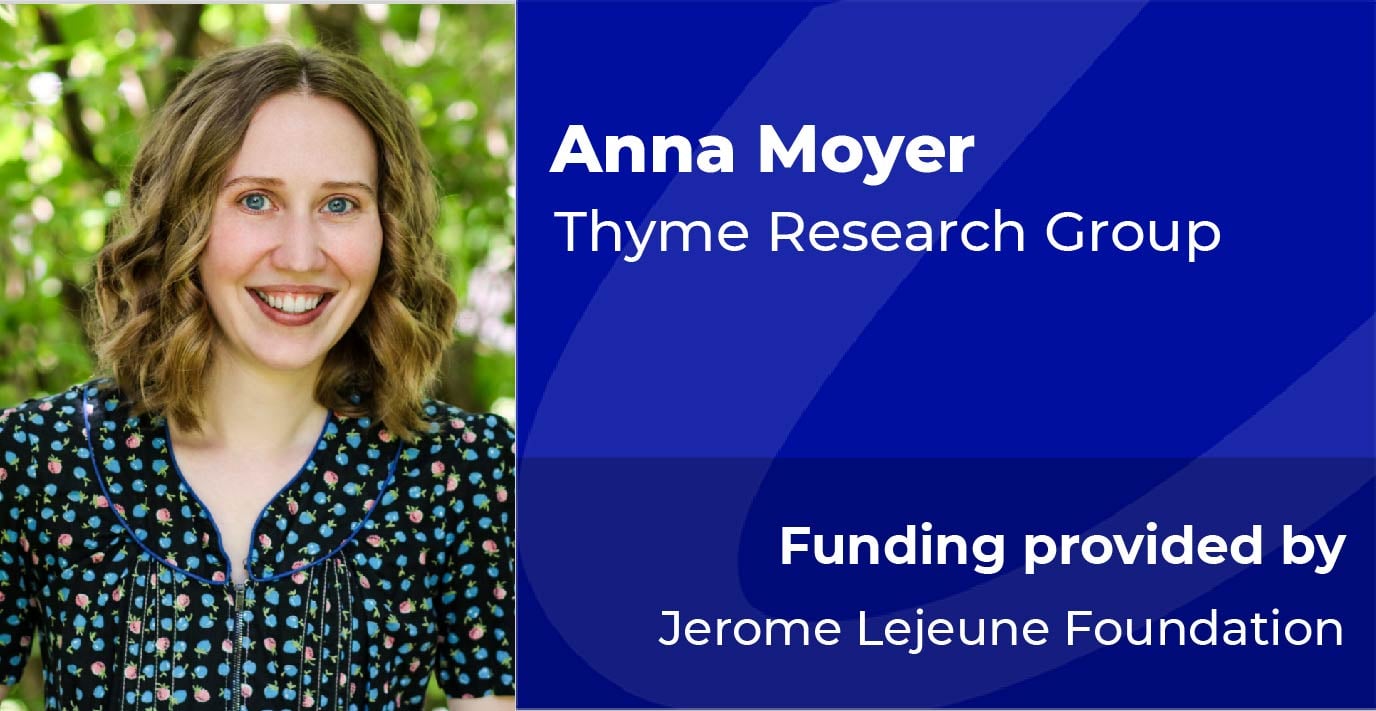
HMGN1 as a Mediator of Dysregulated Sonic Hedgehog Signaling and Autism Risk in Down Syndrome
Read more -

A Cholesterol Byproduct Imprints Kidney Immuno-metabolism in Health and Disease
Read more -

Roles of cutaneous T peripheral helper cells as a marker for photosensitivity and disease activity in dermatomyositis
Read more -

Single cell chromatin profiling to study epigenetic alterations of ovarian tumors
Read more -

Establishing Mechanisms of LOX-1-Dependent Immune Regulation During Pneumonia
Read more -

Developing nucleic acid nanoparticles for improved RNAi therapeutics to treat Huntington’s disease
Read more -
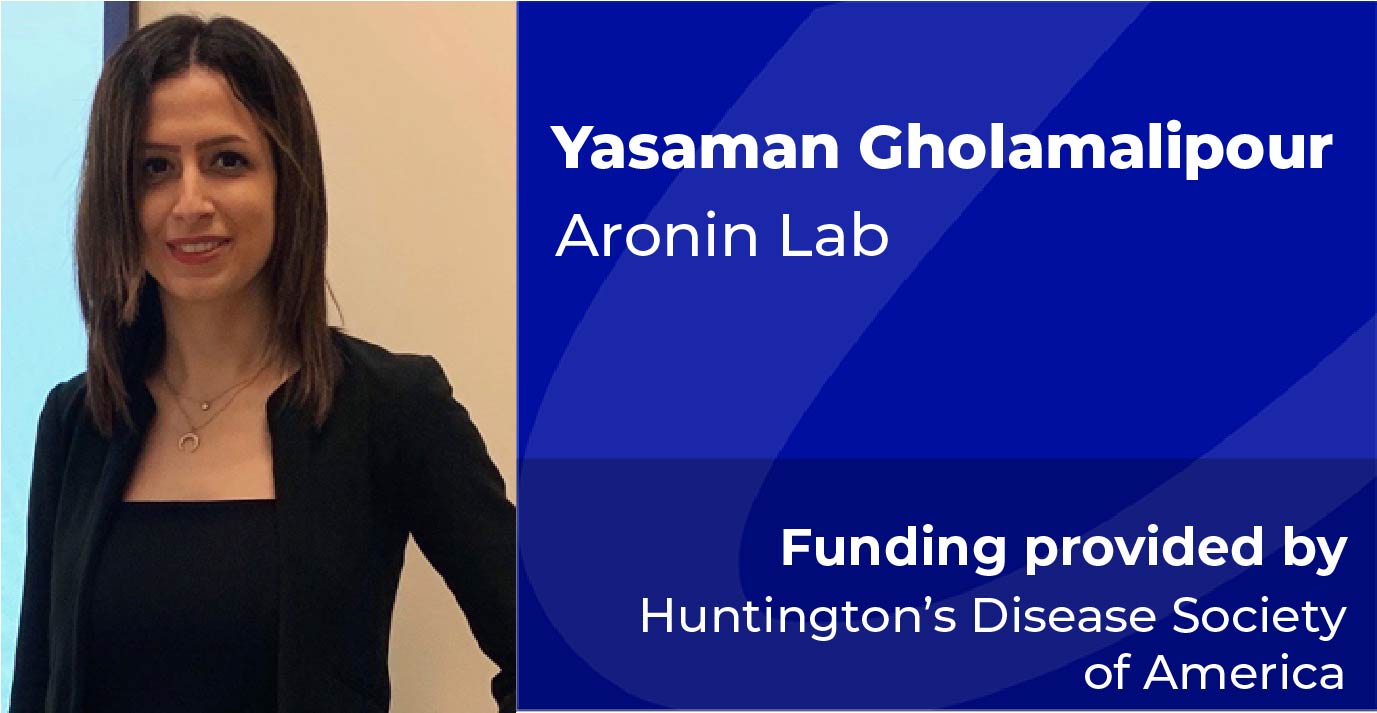
Development and delivery of CRISPR-Cas9 nickases to correct the mutant Huntingtin (mHTT) gene
Read more -

Functions and regulation of RNA-binding proteins in the early embryo
Read more -
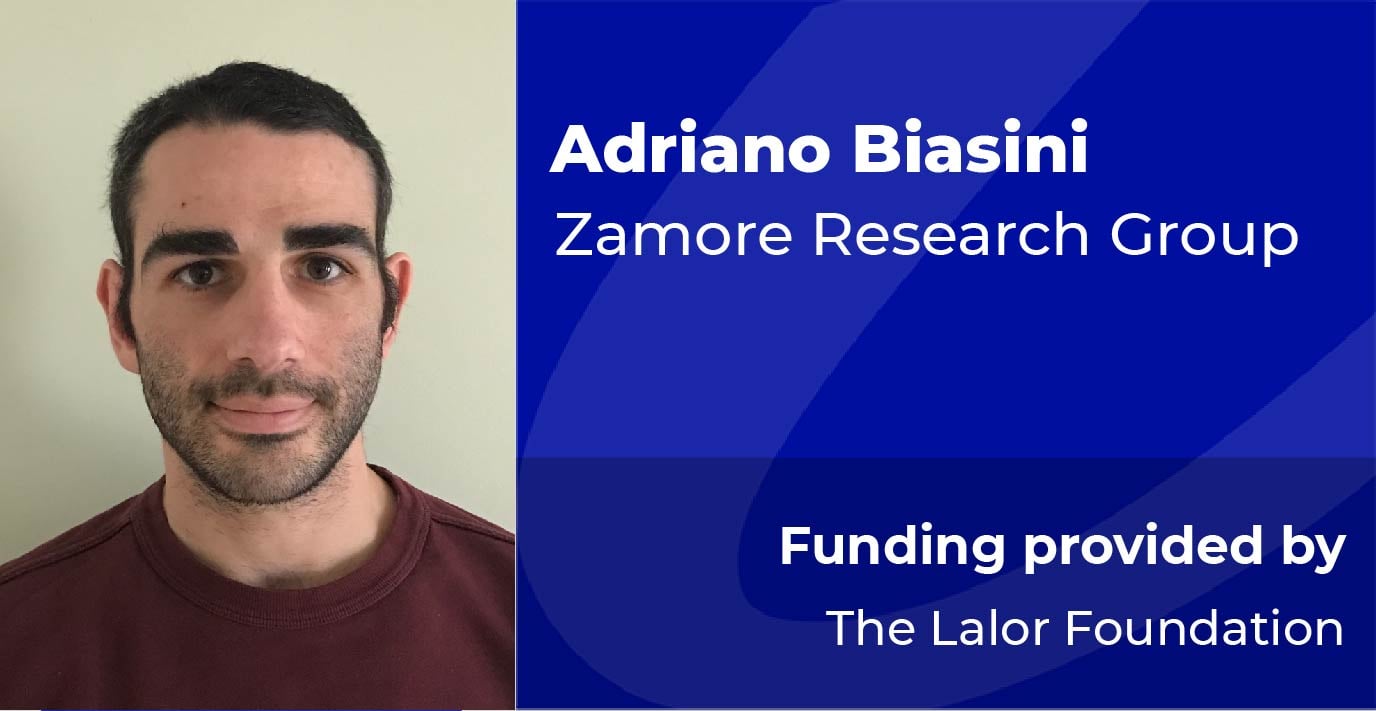
Investigating the contribution of miR-34/449 to mammalian spermatogenesis
Read more -

Activating Protein Expression Using Antisense Oligonucleotides
Read more -

Targeted Inhibition of Neuropilin-2 to Enhance Immunotherapy of Lethal Prostate Cancer
Read more -
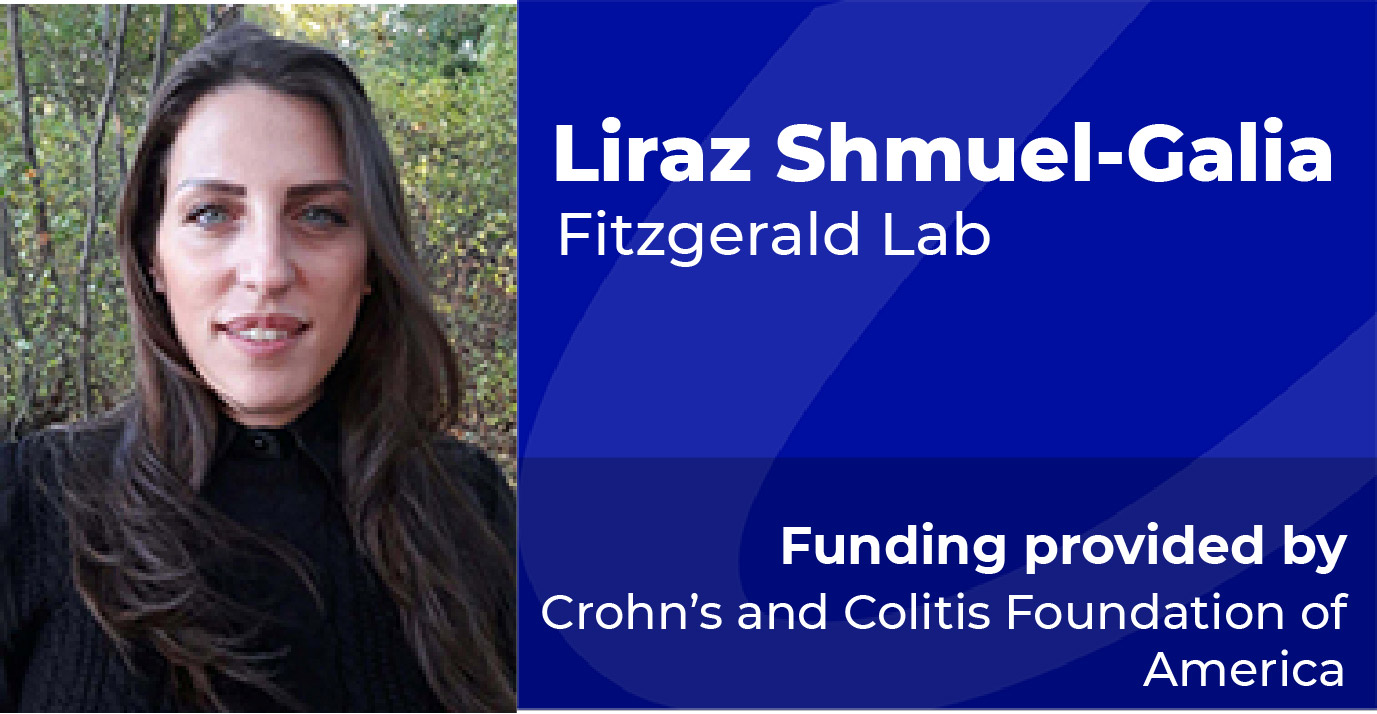
SAVI mutations in the adapter protein STING lead to intestinal inflammation and fibrosis in mice
Read more -

Alternative Splicing in White Blood Cells: A Biomarker for Fragile X Syndrome
Read more -

Deciphering the role of Gasdermin C in intestinal inflammation and colorectal cancer
Read more -

The Role of Monoclonal Gammopathy of Undetermined Significance Diagnosis in Healthcare Utilization
Read more -

Understanding the role of aggregates in Huntington's disease
Read more -

Spatial organization of the mTOR Complex 2 regulates lipid metabolism
Read more -
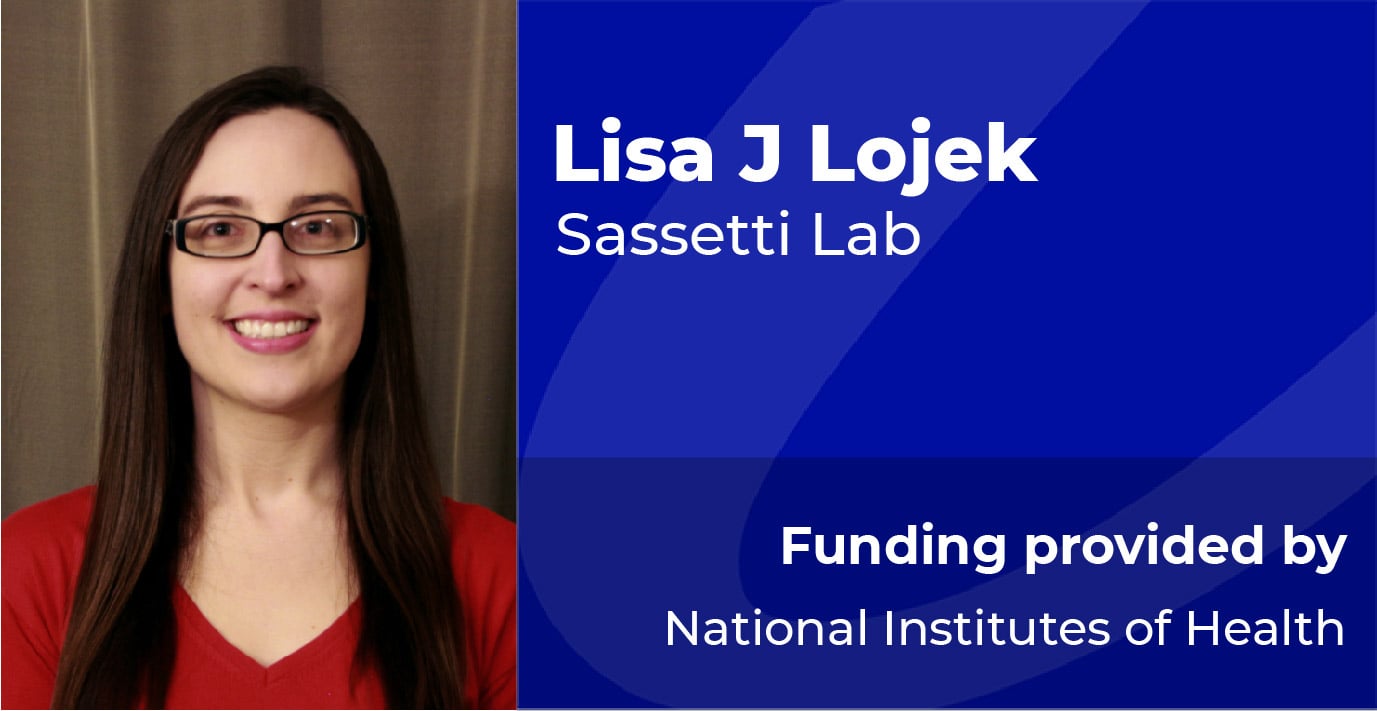
The role of immunity in shaping Mycobacterium tuberculosis metabolism
Read more -

Characterization of topological machines that control chromosome conformation
Read more -

Understanding how dicer partner proteins establish microRNA target specificity
Read more -

Mechanism of epigenetic silencing by the HUSH complex
Read more -

Dynamic role of Prmt5 in chromatin organization during adipogenesis
Read more -

Deep Molecular Profiling of Fragile X Mouse and Human Cells
Read more -

Identifying regulators of PD-L1 to restore antitumor immunity
Read more -
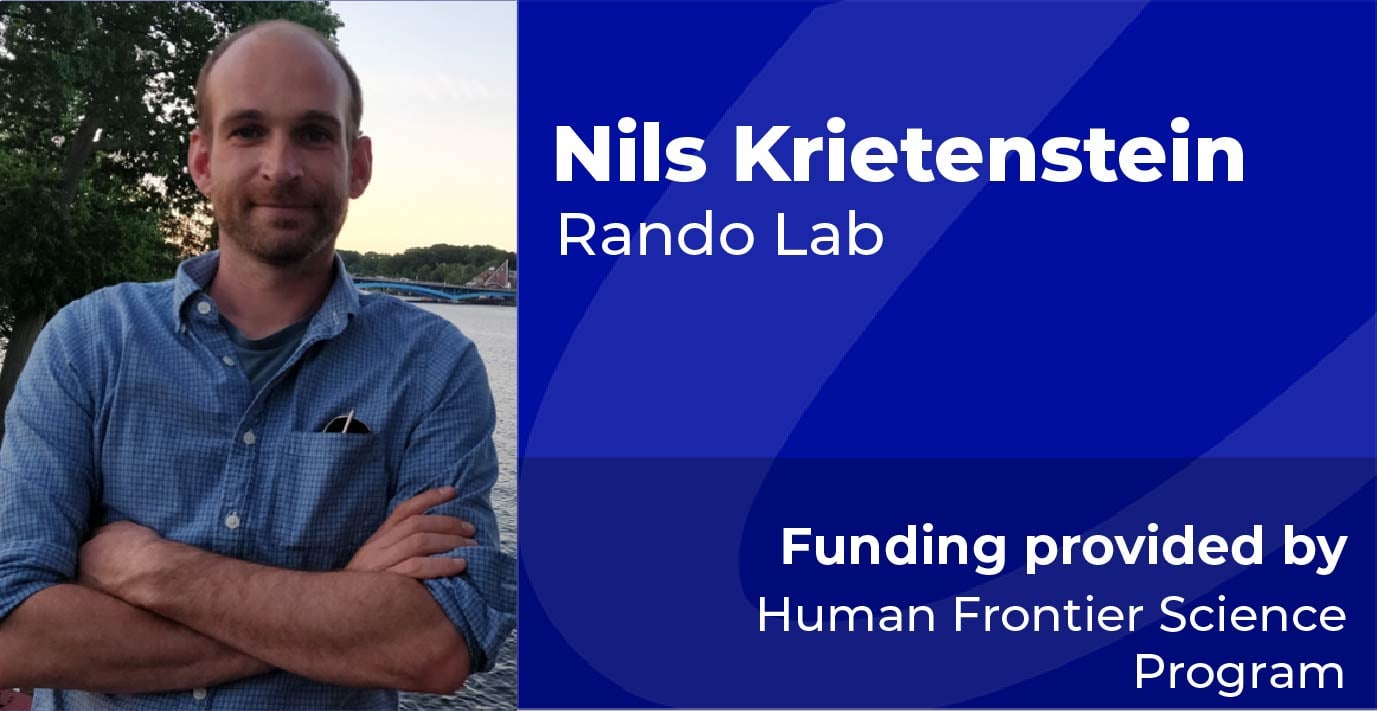
A genome-wide, biochemical approach to study the biology of chromosome folding
Read more -

Elucidation of exocyst tethering function by single molecule assays and EM
Read more -

Regulation of Immune Gene expression and inflammatory diseases by the Cellular nucleic acid binding protein (CNBP)
Read more -

Identification and functional characterization of chromatin-associated long non-coding RNAs (ca-lncRNAs) involved in innate immune responses
Read more
